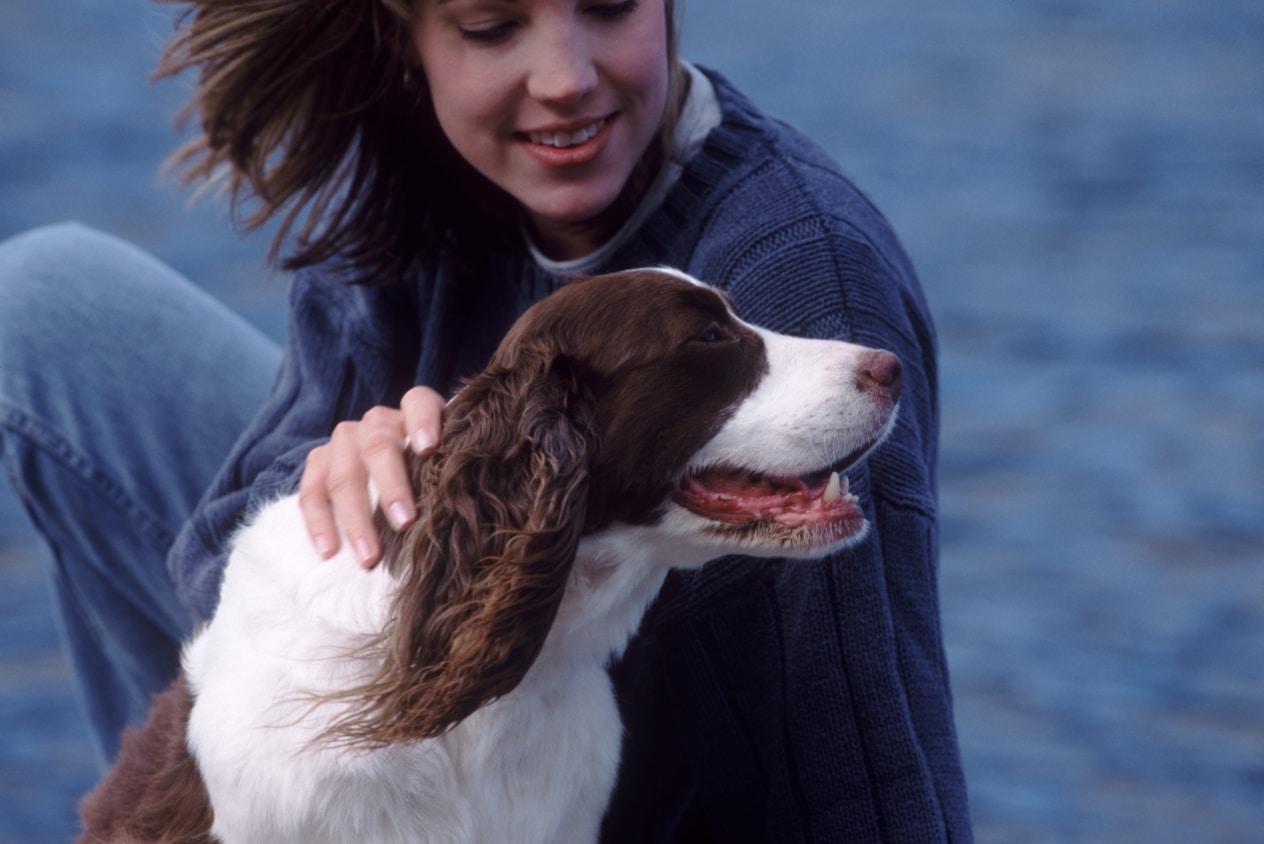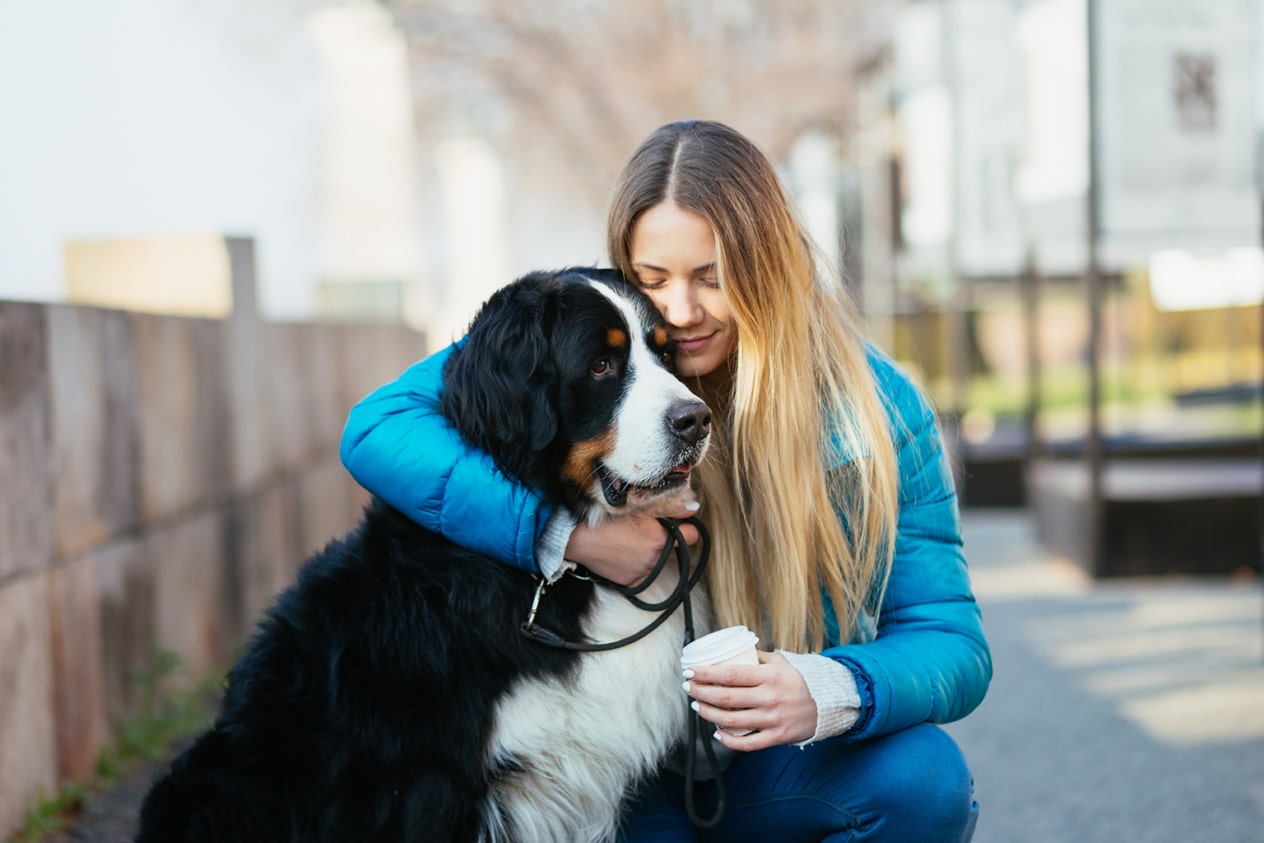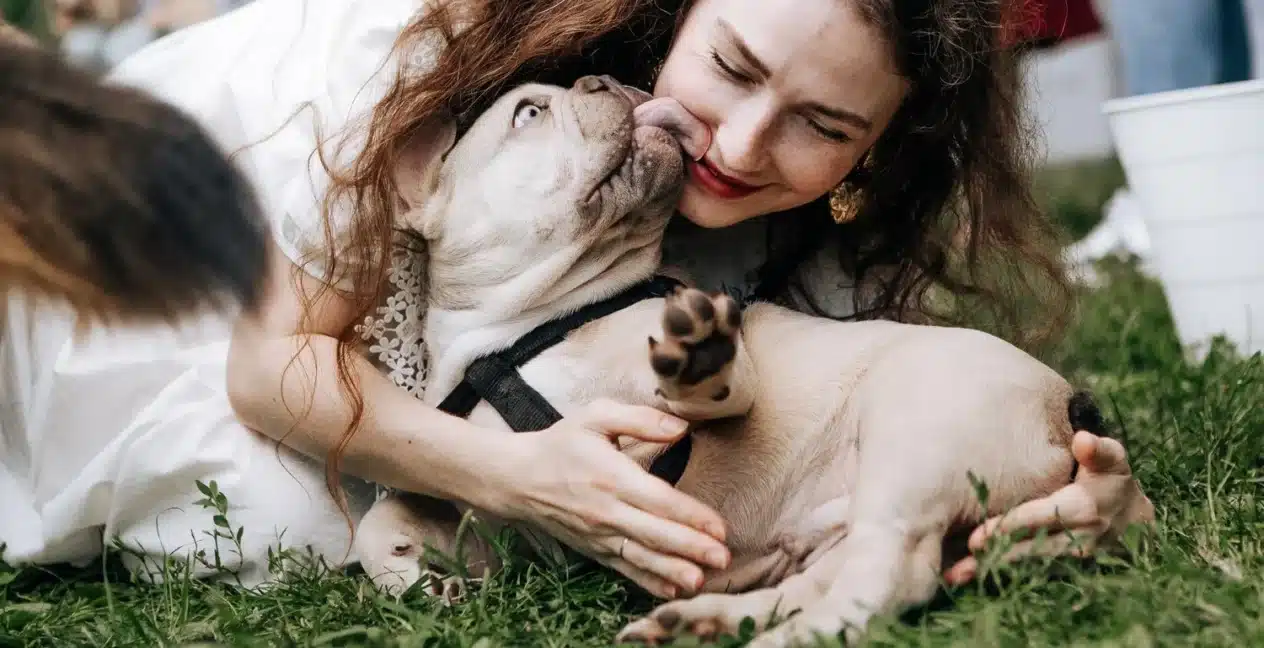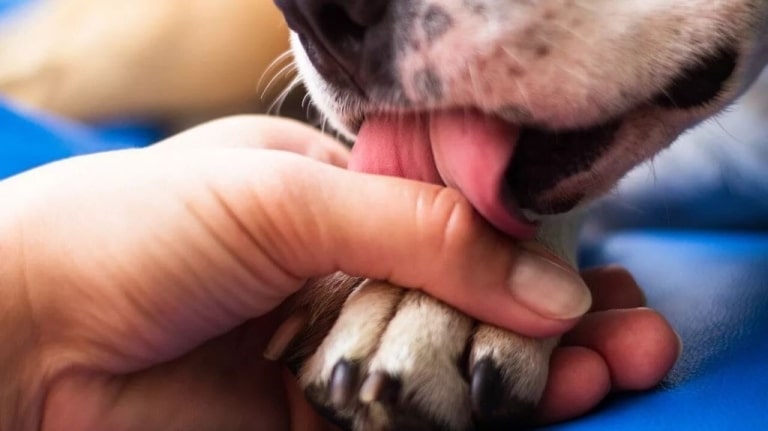For some, a walk with the dog is a habit, part of everyday life, almost like morning coffee. For others, it’s a chore to avoid in the rain or after a hard day’s work. But regardless of the weather or the owner’s mood, walking is a basic need for a dog. It’s not just a way to “get their business done,” but a real investment in their health, psyche, and relationship with their faithful friend. To better understand why walking should be a daily and fulfilling activity, let’s take a deeper look at its key benefits.
Physical activity and keeping fit
Even the smallest breeds need movement. Regular physical activity helps maintain a normal weight, strengthens muscles, joints and the cardiovascular system. Without daily walks, a dog’s stamina decreases, metabolism is impaired, and they are even prone to chronic disease. This is especially critical for active or large breeds, which can store up excess energy and channel it into housebreaking, chewing on furniture, or excessive anxiety.
Dog walking is also an opportunity to run, jump, and play. Such exercises develop coordination and balance. Even a short but intense walk is healthier than a whole day on the couch. Regular activity has a positive effect on the gastrointestinal tract, urinary system and even immunity. Best of all, a dog that has expended energy outside is calm, balanced and happy at home.
Psychological and emotional benefits
A walk is a good time for her mind to get the stimulation it needs. New smells, sounds, visual images all “load” the dog’s brain like an intellectual workout. If a pet sits in four walls day after day, with no change in the environment, he will become bored and lose interest in life. This can lead to apathy or, on the contrary, to hyperactivity, profanity, anxious behavior.
Regular walks help to reduce stress levels. This is especially important for dogs that stay home alone – walking becomes a kind of compensatory element, when the animal receives attention, new impressions and a sense of freedom. Dogs that have regular access to the world outside the apartment are much more balanced, less prone to aggression or fears associated with new circumstances.
Dog and owner socialization
It is on the street that socialization takes place, a vital process without which the Pet will not be able to adapt to the world around him. During a walk, the dog learns to socialize with other animals, hear different sounds, react calmly to people, children, cars, loud noises or even other smells. These are all part of her experiences that shape her character and behavior.
Dogs that are used to seeing new people and animals from childhood have no fear of the outside environment. They don’t hide, they don’t growl for no reason, they don’t panic at every bicyclist or running child. They are easier to train, obey commands better, behave more calmly in crowded places or even at the veterinary clinic or any other place for dog walking.
Yes and the owner himself gets his own bonuses. Walking with a dog is an opportunity to socialize with others, share experiences, learn something new, make friends or just feel part of a community. In parks and dog walking areas, mini-communities often form – and even introverted owners start to socialize more actively. This makes life more fulfilling and less lonely.
Strengthen the bond between dog and owner
Daily walks build trust, more time together, more attention. It is your and your dog’s space, free from screens, everyday life, and routine. It is during the walk that a special rhythm is created – you learn to listen to each other, to be attentive to signals and moods. The owner begins to better understand what excites the dog, what makes him happy and what scares him. And the dog, in turn, learns to rely on the person, to feel his mood and support.
In addition, joint activity is an ideal way to build rapport. If you have a new dog or you don’t have a deep bond yet, walks will be the platform where it will gradually be born. Playing outside with your dog, practicing commands, exploring new routes together – all of this doesn’t just make your dog more obedient, it turns your relationship into a true partnership.
And of course, don’t forget: dogs are extremely sensitive to emotions. If you’re tired, frustrated, or in need of some warmth, your four-legged friend will feel it instantly. A walk is also a space where you can both exhale, be together, and de-stress. It doesn’t have to be an active race – sometimes a slow step, silence and a warm gaze together is enough to make your dog’s heart grow even more attached to you.
Conclusion
Walking your dog is a whole world where he grows, forms, breathes, learns and enjoys. It is the foundation of his physical health, psychological balance, communication skills and your mutual trust. Walks are a gift you give every day, and they are what make your dog the happy, balanced friend we all long to have around.
Even if you’re tired, busy, or the weather isn’t cooperating, remember: for your dog, that walk can be the best part of the whole day. And probably for you as well.












